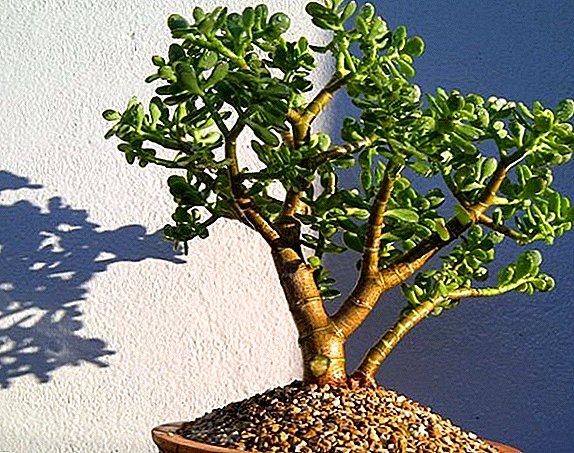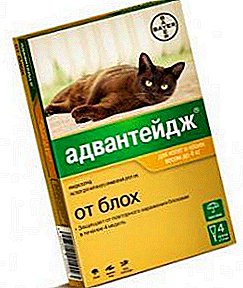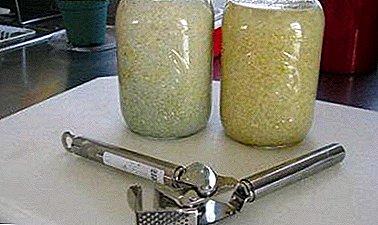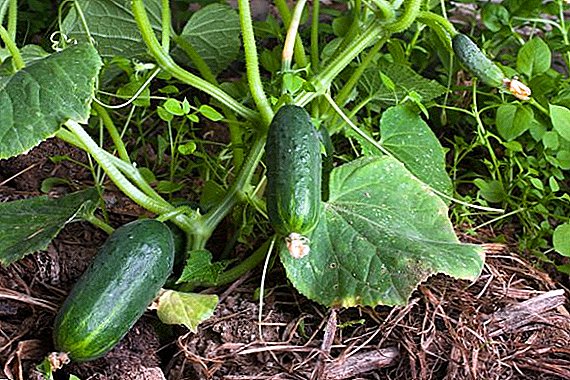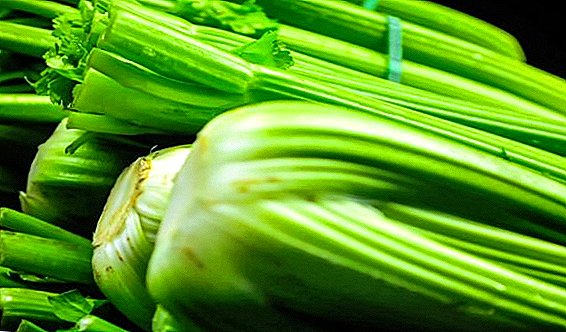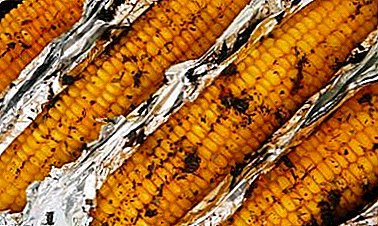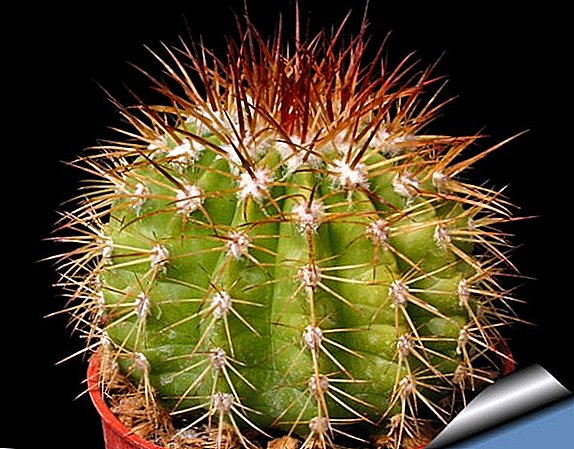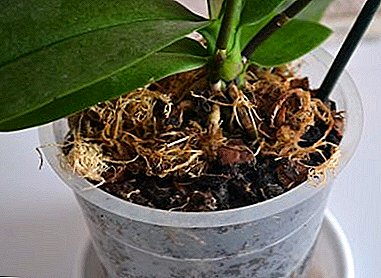
Buying an orchid into your collection of incredible plants, you should not forget that they can have quite a few pitfalls that can interfere with the healthy state of the plant and save you from the pleasure of seeing a fragrant flower. Among such troubles is the unexpected appearance of white bugs and other insects in the ground, so you should always be on your guard and know what to do in this case.
What insects can appear in the soil?
A variety of insects can live in the substrate: woodlice, centipedes, spiders, ants, cockroaches, snails. Most often manifest themselves below listed.
Thrips
Thrips - small black creations, sly and fast, almost imperceptible. Moving, leave behind a trail - silver tracks and a lot of black dots on the leaves.
Pins
They are typical inhabitants of a wet substrate. Most often, their presence is extensive in orchids that grow in moss. They are also extremely fast and nimble.
How to detect small bugs?
To check the presence of various residents in the soil of your orchid you need to lower the pot into the water, to the brim. Such a flood helps to identify all the inhabitants of the substrate and helps to remove some of them.
Consequences for the plant of the presence of such pests
 A large number of pests affect almost everything: sucking out sap from the plant, and in the root system it lays the larvae, which in turn grow up and use young roots and leaf sprouts as food.
A large number of pests affect almost everything: sucking out sap from the plant, and in the root system it lays the larvae, which in turn grow up and use young roots and leaf sprouts as food.
Among other things, insects also affect the appearance, destroying the leaf cover. therefore it is very important to know where small flies and other insects in the soil come fromand how to get rid of them.
Why can they appear in the ground?
To a large extent, pests reach the plant from the ground. After all, one way or another, the soil contains many different organisms that live there initially because of the comfortable environment for reproduction and existence.
Therefore, acquiring the soil for the plant, you must be prepared to deal with the pests that are there. It also actively helps moisture to produce beetles and midges, so the plant should not be too exhilarated, because it can only provoke pests.
What should be avoided in the fight against insects?
If you notice that your plant's condition has deteriorated, then you should not panic and take on all the methods at once. Clearly identify the problem by symptoms and correctly approach treatment.. Early intervention is sure to help save the life of your flower. Do not abuse with various types of chemicals, because an orchid is a delicate flower.
No need to experiment with different methods of struggle, if one particular means is chosen, then they should be used to the end.
What to do when detecting pests in the soil?
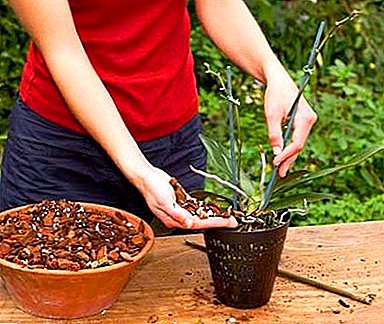 Insecticide.
Insecticide.- Laundry soap for soap solutions (insecticidal safe).
- If the damage was very strong, add more spraying with a special solution — chemistry bought at a flower shop — to control pests, for example, with Aktar, Aktellik, Fozalon, Fitoverm.
- Agravertine is a drug of weak action (5 ml per 1 liter of water, often requires re-treatment).
- BI 58 is a powerful preparation of universal action (30 ml per liter of water, one treatment is enough).
Step by step instructions how to fight
With gnats
The pest control process involves:
- If insects are found, immediately treat the orchid and the substrate, first rinse under running water, then, based on the kind that settled in the area, disinfect if necessary.
- It is also necessary to spray the substrate and the lower part of the plant with a fitoderm according to the instructions twice with an interval of 7-10 days.
- Repeat the procedure twice in 7-8 days to ensure accurate destruction of small midges and a favorable soil structure for the plant.
With white bugs
- Very good in the fight against pests helps solution of garlic. To do this, chop two heads of garlic and pour a liter of water, put in a dark cool place to infuse for about 5-7 days. After filtering the resulting infusion with water half and spray the plant.
- To get rid of the voracious bugs that harm the plant, usually helps climate change unfavorable to them.
- In greenhouses reduce moisture, because it is the wet soil that is extremely loved by all pests for reproduction.
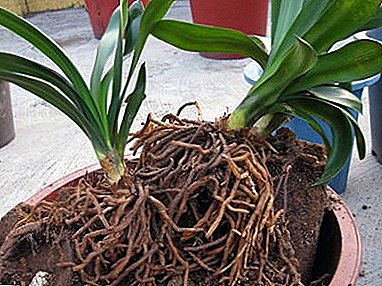 If this is not enough, then more effective methods are used using mechanical type traps.
If this is not enough, then more effective methods are used using mechanical type traps.- Most often, the most effective method is to use the bait. On the surface of the substrate is to put the bait (a piece of cucumber, for example) and then observe a certain period of time, waiting for someone to come to eat. Some put the usual saucer filled with beer (beer trap), better dark. The aroma lures some species of inhabitants, allowing them to catch.
This procedure allows you to manually catch large pests such as snails or spiders. It is necessary to repeat the collection of "harvest" until the complete disappearance of harmful guests, and also periodically check their presence.
The main thing is not to forget about the bait, not to leave it too long, so that it does not mold and rot, triggering another disease of the tender flower.
Prevention
To avoid new infections of the soil cover with various pests and to maintain the health of the whole plant, it is necessary to monitor the condition of the plant. It is necessary to carry out preventive actions.:
- Standing near the plant solution of itverm or actellica.
- It is extremely important to maintain cleanliness inside and outside; therefore, it is necessary to rinse the substrate and wipe the leaves in order to prevent the insects from finding a suitable place to live.
- The place where there is an orchid, you should always keep clean, then the plant will never get poduras, and other insects harmful to home flowers.
If you have become a happy owner of an orchid, do not forget that your new family member may also get sick, which will have a negative effect on other inhabitants and on you, because you will not get the share of aesthetics that you hoped for if your flower is affected by pests so be attentive and caring so that the color of your plant will delight you as long as possible.


 Insecticide.
Insecticide. If this is not enough, then more effective methods are used using mechanical type traps.
If this is not enough, then more effective methods are used using mechanical type traps.
